ASCE 7 Risk Category Summary
What Are The ASCE-7 Risk Categories?
ASCE 7 provides the information needed to convert wind speed to wind pressure.
Earlier versions of this code had factors applied to the end pressure when determining the severity of risk for a particular design. For example, there’s more need for an essential facility that may shelter people during a storm, hence a higher risk category.
In current versions of ASCE 7, Risk Category is now determined by altering the wind velocity that goes into the wind velocity to pressure calculation to determine a design force.
This article explores those risk categories and how they are used in design.

Risk 1
Storage Sheds, Temporary Structures, Low Occupancy, Low-Risk Structures

Risk 2
Homes, Businesses, Most Structures, Standard Occupancy Dwellings

Risk 3
Schools, Gathering Places, Public Utilities, High Occupancy Gathering Halls

Risk 4
Hospitals, Emergency Utilities, Sensitive Occupancy, High Risk Structures
Building codes require that every designed structure be classified by its level of importance against its possible failure under extreme conditions. In this way, important structures that experience high or sensitive occupancy (such as schools and hospitals), are more conservatively designed than structures that put human life less at-risk (such as storage sheds and businesses).
The ASCE 7-16, ASCE 7-22, and IBC (2018, 2021) use the concept of “Risk Categories” to determine acceptable design criteria and factors of safety when calculating Wind, Snow, Flood, Ice, and Seismic forces that structure may experience throughout its lifespan. This loosely means that a structure with a risk category of I should theoretically fail before a II, III, or IV. Morally, structures with lower risk categories should not cause undue damage to their neighboring structures, but they should otherwise fail before any nearby habitable & important structures.
ASCE & IBC Risk Category Definitions
Below is table 1605.5 from the International Building Code (2018, the same existing in IBC 2021 but is Table 1604.5) which provides the general guidelines of which structures should be
considered for each risk category. It is important to note that although other codes & standards may have similar definitions or references back to this table, it is always up to the discretion of the designing engineer & building department official to determine and agree upon the design criteria and risk categorization of a structure.
NOTE: In IBC 2021, This table appears as Table 1604.5 – Click here to view online
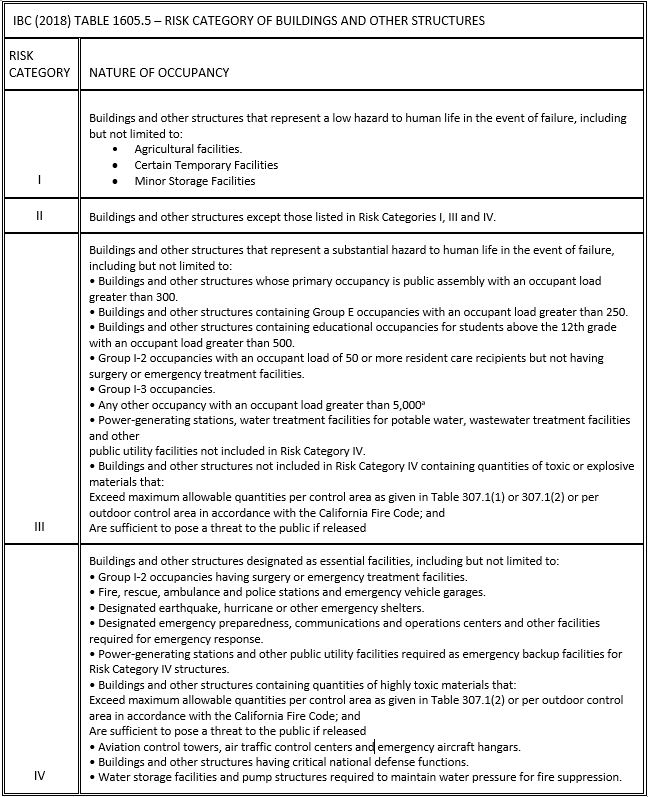
Generally, these risk categories can be broken down as:
Risk 1: Storage Sheds. temporary structures – low occupancy, low risk
Risk 2: Most habitable structures such as homes & businesses – standard occupancy & risk
Risk 3: Schools, gathering places, nonessential public utilities – high occupancy, reasonable risk
Risk 4: Hospitals, emergency utilities – sensitive occupancy, high risk
ASCE 7-22 Update
An increasing number of building departments are using the updated ASCE 7-22 reference. This version includes several important changes to the risk category tables that affect building safety and reliability.
One major update is the removal of the Snow Importance Factor. This change simplifies how building risk categories are determined, allowing for easier design without needing to adjust for snow loads. Now, Table 1.5-2 only includes one factor, Ie, making the process more straightforward.
ASCE 7-22 also revises safety criteria for different occupancy categories, ensuring that important buildings like hospitals and schools meet higher safety standards. This version encourages a performance-based approach, prompting engineers to think about how buildings will behave during extreme events rather than just ensuring they meet minimum code requirements.
Other notable changes in ASCE 7-22 include the introduction of criteria for tornado-resistant design, acknowledging that tornadoes have often been underestimated in previous standards. It encourages engineers to consider higher wind loads in tornado-prone areas to enhance the resilience of structures. Additionally, updates to wind speed maps indicate changes in design wind speeds for certain regions, with the Risk Category II wind speed now set at 146 mph, reflecting a 5% decrease.
Overall, these updates make building codes clearer and more effective, helping engineers design safer and more reliable structures that can better withstand natural challenges. To put it simply, Ronald Hamburger, P.E., S.E., F.SEI, chair of the ASCE 7-22 committee, states, “ASCE continuously seeks to update its standards using the latest scientific and engineering knowledge to assure the standards remain relevant to society’s needs and an appropriate basis for design and construction.”
How Risk Categories Influence Design
Once determined, a structure’s Risk Category can be used to find appropriate conditions and safety factors for design. This means that if a home (Risk 2) were to be built near a hospital (Risk 4), the hospital may need to be designed considering higher wind speeds and safety factors than the home, despite feeling the same effects of extreme weather.
The design process varies for different extreme weather situations, but here is a basic outline of how Risk Categorization affects the most common design scenarios:
Wind Design
As used in ASCE 7, Risk Category is used to determine the ultimate wind speed that is used to be in the design of any job across the country.
The ASCE provides charts to find the ultimate wind speed anywhere in the Unites States for each Risk Category.
ASCE also provides an interactive tool that can look up wind speeds, snow loading, and seismic design criteria by searching an address.
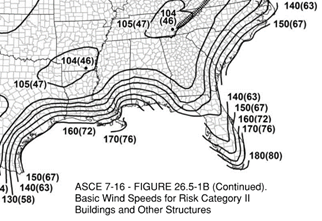
ASCE 7-22:
Risk II Wind Speeds
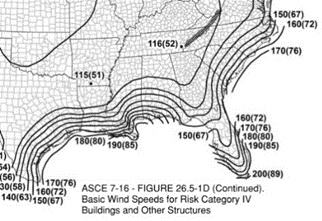
ASCE 7-22:
Risk IV Wind Speeds
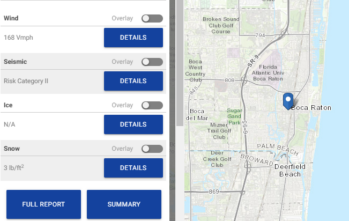
ASCE HAZARD TOOL
Notice that for higher risk categories, ultimate wind speeds increase. By using these higher wind speeds, the ASCE avoids the need to increase safety factors elsewhere in calculation of pressures and loading. Wind calculations do often require one more site categorization called “Exposure Category” (Which we cover in a separate article here). With those 2 pieces of information, you are ready to calculate wind pressures on all sorts of structures using the guidelines of ASCE 7 or one of our complimentary interactive design calculators.
General Process For Designing For Wind:

Step 1: Risk Category
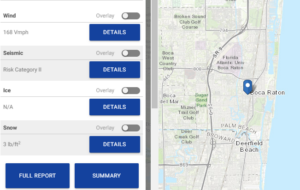
Step 2: Wind Speed 7 Exposure
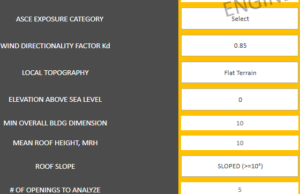
Step 3: Wind Pressure & Loading
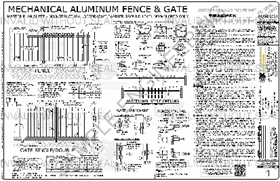
Step 4: Design
Seismic Design
Similar to Snow and Ice design, Seismic design is also affected by an importance factor for structures with higher risk categories (rather than adjusting the input design values). Geographically determined values necessary for seismic design can also be found via the ATC Hazards tool and do not vary with Risk Category.
However, Seismic design often requires additional site classifications, including a Seismic Design Category (Which is an additional risk category targeting seismic design) and Site Class (which considers the composition of the structure’s foundation).
When designing in a seismically active area, or under strict seismic codes (such as California), consult with your engineer for additional support and information
Risk Categories Used With Signs - Fences & Building Products On & Around Structures
In terms of determining the risk category to a building component mounted to a building, the component ‘inherits’ the design properties of the structure. So a sign attached to a risk category II structure would be risk category II.
If a sign is freestanding and not part of a main structure, while matching the risk category is a safe approach, an argument could be made that the structure meets the criteria if risk category I and could be designed as such.
The sign could be so designed to ‘list’ or ‘bend over’ in the event of a design wind event if there is no chance of loss to property or injury at a lower design wind speed than that which a building would theoretically fail. This should be considered with extreme caution and used for economic reasons as the code permits.
Last Update: March 27, 2025
Related Knowledge Base Posts -
No related posts found !